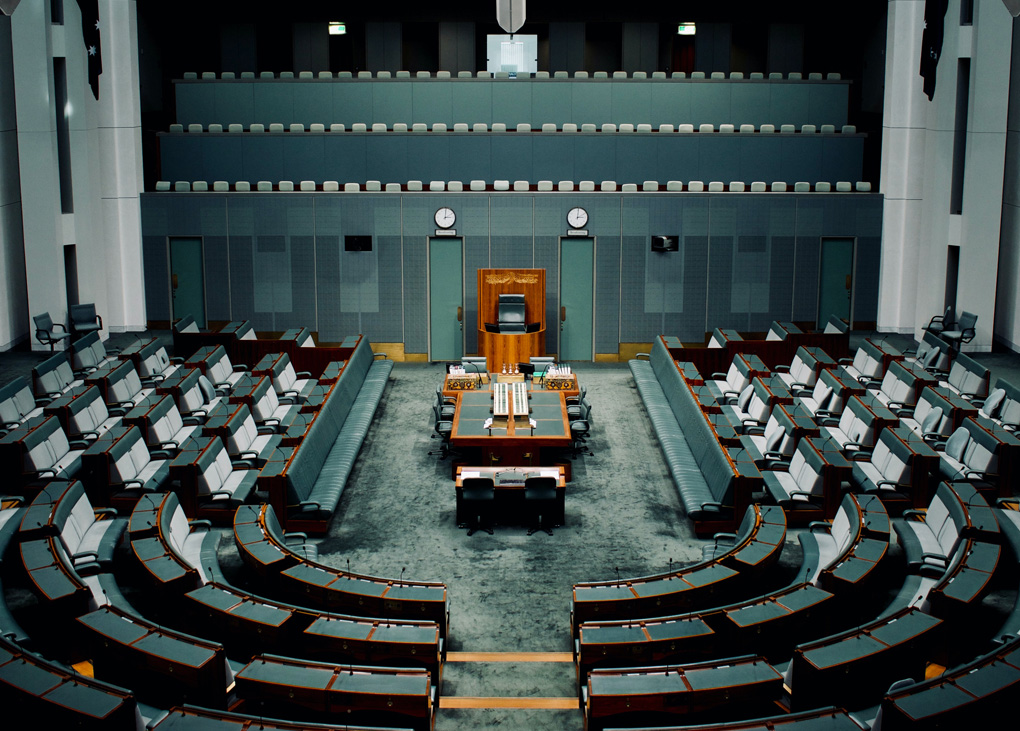The government is charging towards a July 1, 2021 implementation date for its new Automatic Mutual Recognition legislation after the bill was passed by the Senate. The reform will enable licensed workers such as HVAC&R technicians to operate across jurisdictions, without having to apply, pay for and wait for a further licence to perform the same type of work in another state.
“Automatic mutual recognition of occupational licences will make it easier and faster for skilled workers to take up jobs across borders,” says Treasurer Josh Frydenberg, “including to assist with natural disaster recovery, and enable businesses to more seamlessly provide services across jurisdictions.”
During debate of the bill in parliament, members raised concerns about inconsistencies in licensing regimes across jurisdictions, particularly in the building and construction industry. But a motion to amend the bill to exclude building, maintenance or construction industry activity, as well as electrical occupation activity, was voted down.
States and territories will continue to have responsibility for licensing skilled occupations and ensuring interstate workers comply with local laws. A state minister can exclude an occupational licence from the scheme if satisfied that there are significant risks. It remains to be seen whether state governments – particularly Queensland, New South Wales or Victoria – will take this option for workers in professions such as HVAC&R.
The government has committed $11 million in the 2021-22 Budget to support the implementation of the scheme. This funding will be used to provide up-to-date information to workers and consumers about AMR, its benefits and safeguards, and to improve information exchange between jurisdictions.
Australian start-ups and small and medium businesses will be able to submit proposals for ideas that will support the implementation and adoption of AMR, in partnership with key government departments and regulatory agencies. Successful applicants will receive grants of up to $100,000 to develop their ideas and test feasibility over three months. The most successful of these ideas may be eligible for a grant of up to $1 million to develop a prototype or proof of concept. Innovative Australian businesses will be encouraged to apply when the process is formally under way later in the year. More information is available here.
According to government projections, the scheme will directly benefit more than 168,000 workers each year and add more than $2.4 billion to the economy over the next 10 years, by cutting red tape, while also improving services for consumers.
 Mark Vender
Mark Vender


Leave a Reply